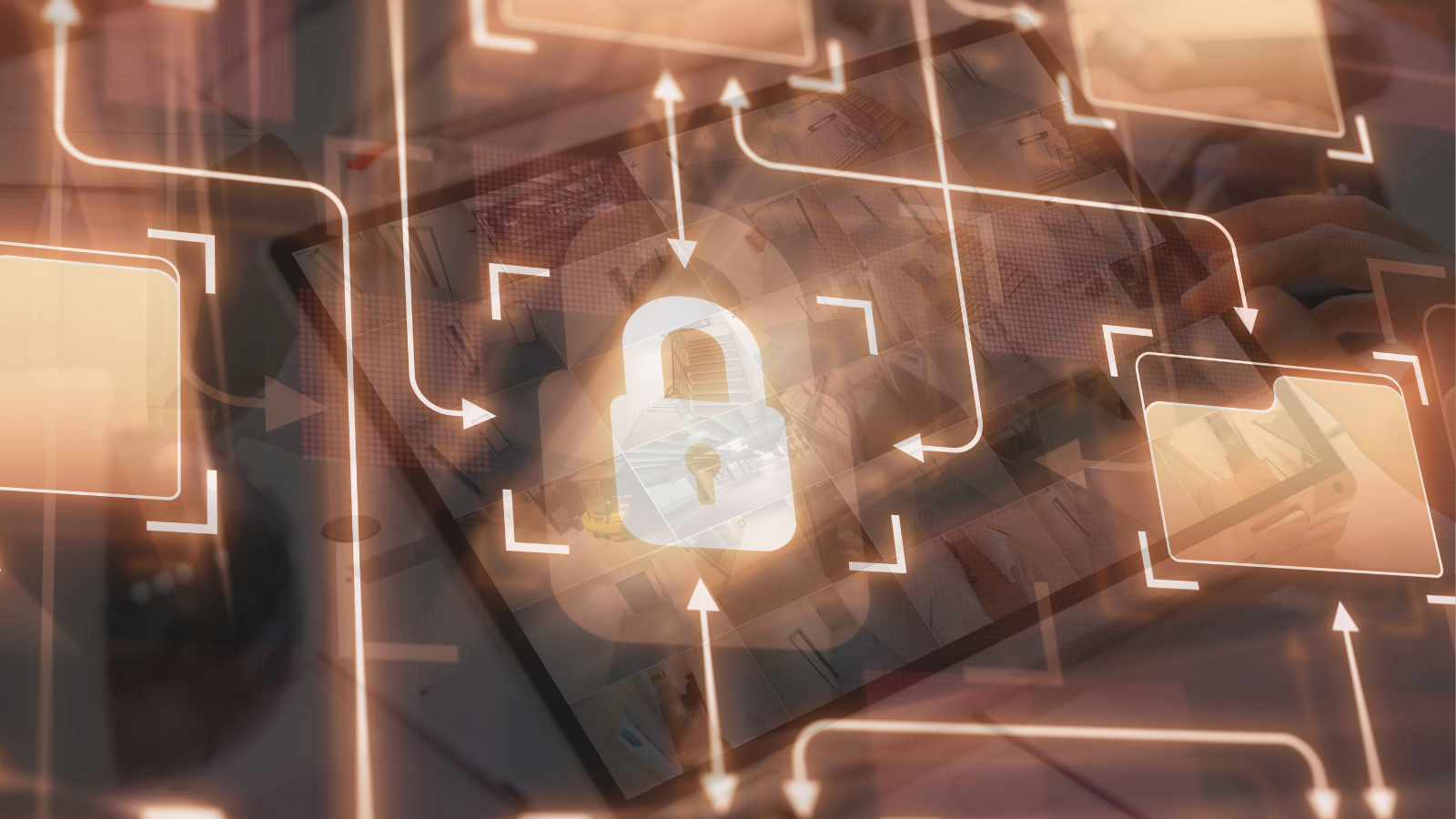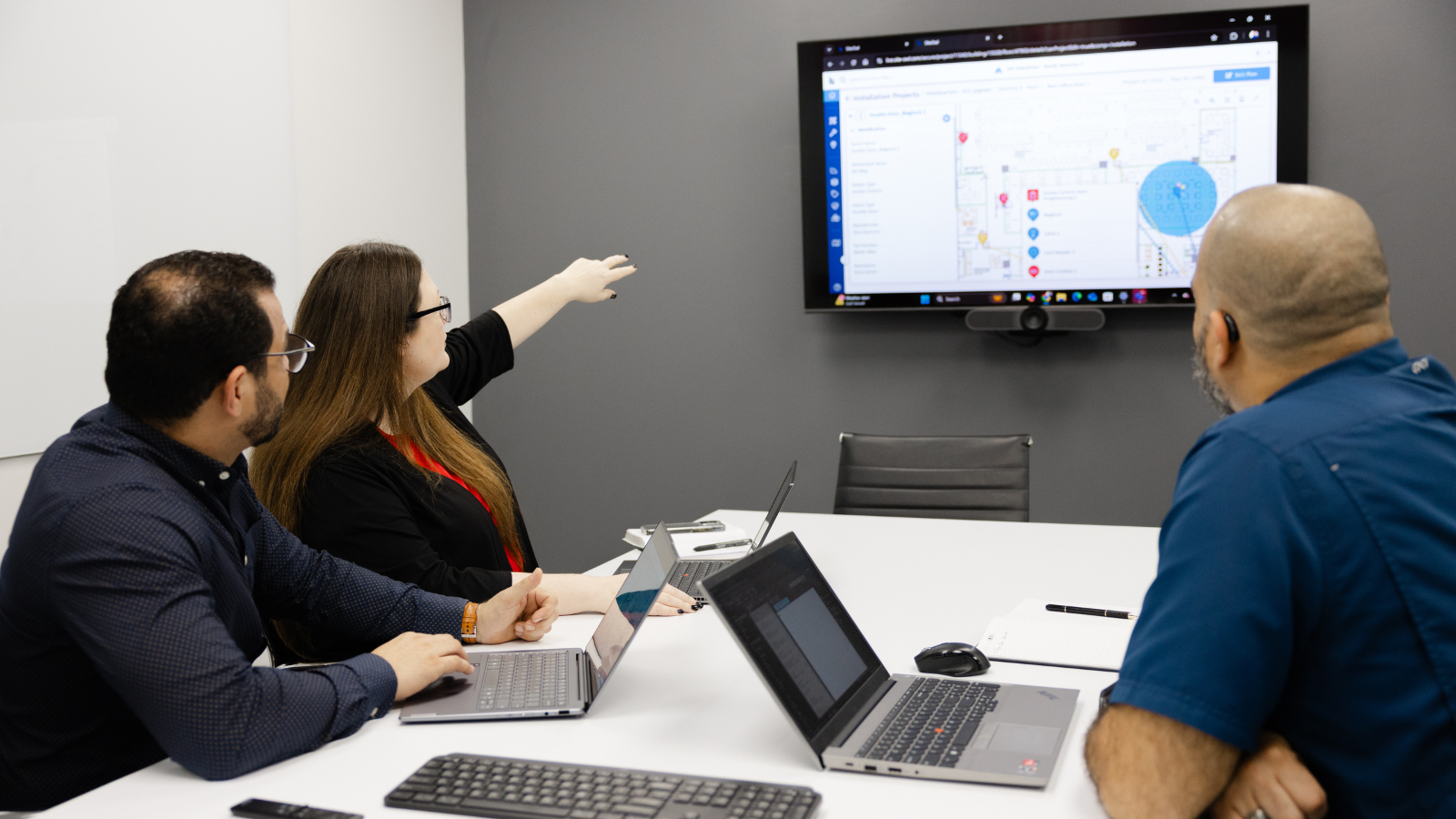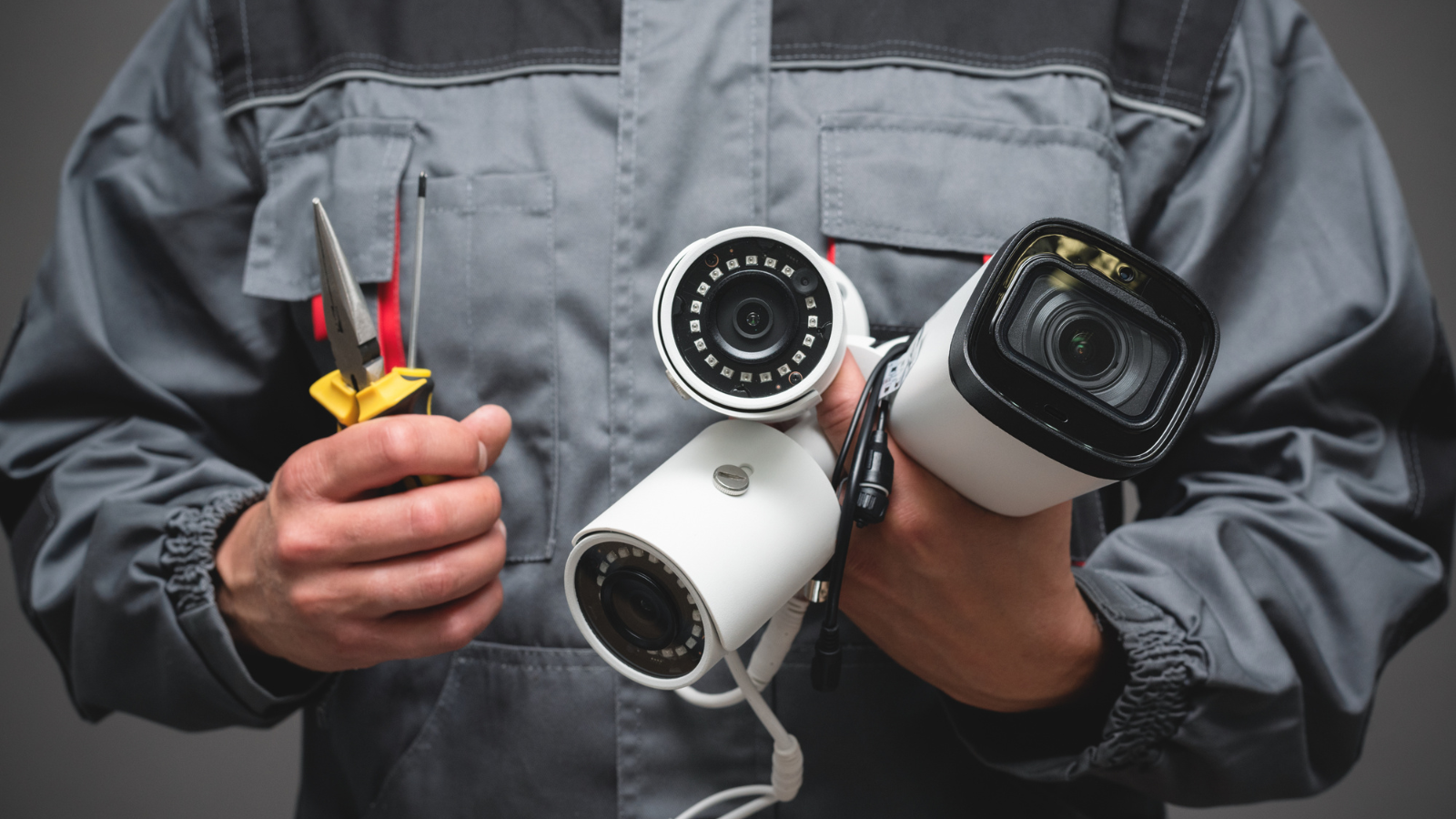The Transportation and Logistics sector forms the backbone of global commerce, making it a prime target for security challenges such as cargo theft, insider threats, and regulatory pressure. As the stakes rise, securing assets, safeguarding employees, and ensuring compliance are critical priorities.
SiteOwl, a leader in the physical security industry, is transforming how T&L companies manage security. By offering a centralized platform, SiteOwl empowers organizations to streamline security operations, coordinate teams, oversee assets, and manage vendors—all in one place.
To stay ahead, it’s crucial to understand the emerging trends shaping physical security in the T&L industry. Here are five insights to help your organization thrive in 2025 and beyond!
1. The shift to digitized security systems will increase
The digitization of physical security is drastically changing how transportation and logistics (T&L) companies protect their operations. Historically, the industry managed tools like CCTV, access control, and alarm systems separately, often operating in isolated systems. This fragmented approach created inefficiencies, delayed response times, and restricted visibility across operations.
Now, centralized platforms provide real-time monitoring, enabling security teams to oversee multiple sites and systems from a single dashboard. By integrating access control, surveillance, and other tools into unified systems, digitization eliminates inefficiencies, reduces errors, and streamlines maintenance.
For companies operating in high-risk areas or managing time-sensitive cargo, these advancements translate into:
- Stronger protection: Unified systems provide comprehensive threat detection by integrating tools like access control and surveillance.
- Faster response times: Real-time monitoring and automated alerts enable swift and informed incident management.
- Improved efficiency: Centralized platforms reduce redundancies, streamline maintenance, and lower operational costs.
The impact is clear: organizations adopting digital security platforms have reported a 40% reduction in system downtime, and 87% plan to increase investments in digital tools by 2025. As the T&L industry grows, digitization will remain a cornerstone for securing assets and ensuring operational resilience.
2. Predictive analytics will redefine security maintenance
Unplanned security system failures can disrupt operations, increase vulnerability, and lead to significant financial losses. Predictive analytics offers a solution by using insights to identify potential system failures before they occur.
Instead of reacting to breakdowns, security teams can proactively address maintenance issues, ensuring continuous protection. What’s more, studies show that predictive analytics can lower maintenance expenses by up to 30%, and with 25% of cargo theft incidents linked to equipment failures, this proactive approach is more critical than ever.
Predictive maintenance not only reduces downtime but also optimizes resource allocation. Security teams can prioritize repairs for equipment that truly needs attention, avoiding unnecessary costs.
Examples of leveraging predictive analytics to strengthen security systems
Video surveillance
Predictive analytics can analyze data from security cameras to predict when a camera might fail based on usage patterns, environmental factors, and historical data. This allows for proactive replacement or repair, preventing potential blind spots in surveillance coverage.
Access control systems
By analyzing access logs and user behavior, predictive analytics can identify potential vulnerabilities in access control systems and predict when maintenance might be needed for door locks, readers, or other components.
Intrusion detection systems
Predictive models can analyze network traffic patterns and system logs to predict potential intrusions or attacks, allowing security teams to take proactive measures to prevent them.
Overall, predictive analytics offers a powerful tool for enhancing security maintenance, leading to more reliable, efficient, and cost-effective security operations. By adopting predictive maintenance strategies, companies can mitigate risks, enhance system reliability, and maintain seamless operations in an increasingly competitive landscape.
3. Cloud-based systems will continue to flourish
As the transportation and logistics sector grows, cloud-based security platforms are becoming essential. These systems allow security directors to access real-time data remotely, enabling them to oversee multiple facilities from anywhere.
For companies with dispersed locations, cloud solutions eliminate the need for costly on-premises infrastructure and support efficient centralized management.
Here’s how this could look like in the real-world of transportation and logistics:
- Fleet management: Cloud-based fleet management systems provide real-time tracking of vehicles, optimize routes, monitor driver behavior, and improve fuel efficiency.
- Warehouse management: Cloud-based warehouse management systems (WMS) can optimize inventory management, improve order fulfillment, and enhance warehouse operations.
- Supply chain visibility: Cloud-based platforms provide end-to-end visibility across the supply chain, enabling better tracking of goods, improved collaboration with partners, and more accurate delivery estimates.
The scalability of cloud-based systems is another advantage. As organizations expand or adapt to evolving security needs, they can easily integrate new devices and technologies without extensive physical upgrades.
Research reveals that 62% of logistics firms prioritize scalability as the primary reason for adopting cloud solutions, and cloud platforms have been shown to reduce operational costs by up to 20%. As the industry continues to grow, expect cloud adoption to accelerate even further.
4. Standardization will streamline multi-site security
Managing security across multiple locations can be challenging without a standardized approach. Inconsistent practices often lead to operational inefficiencies, compliance issues, and gaps in protection.
According to Gartner, companies with standardized security practices experience 25% fewer compliance issues during audits.vBeyond operational benefits, standardization simplifies compliance with regulations such as CTPAT and TSA standards
Standardization ensures that all sites adhere to the same protocols, making it easier to monitor and maintain security across a network of warehouses, distribution centers, and transportation hubs.
Examples of Standardization in Transportation and Logistics:
- Access Control: Implement the same access control system and card reader technology across all warehouses and distribution centers.
- Video Surveillance: Deploy the same camera models and video management software at all locations.
- Intrusion Detection: Utilize the same intrusion detection system and sensors across all sites.
- Security Personnel Training: Implement standardized training programs for security personnel at all locations.
- Incident Response Procedures: Develop and implement consistent incident response procedures across all sites.
By standardizing security deployments, transportation and logistics companies can significantly improve their security posture, reduce costs, and enhance operational efficiency
5. Integrated physical security will become the norm
Security ecosystems that integrate access control, video surveillance, and IoT devices are a necessity for modern T&L companies. These systems provide a unified view of security operations, helping teams respond more effectively to threats and gain deeper operational insights.
Integration also enables automation, streamlines workflows, and improves incident response times. For example:
- Perimeter security: Link video analytics to intrusion detection for automatic alerts.
- Access control and video surveillance: Combine access logs with video footage for real-time identity verification.
- IoT sensors: Monitor environmental conditions to prevent disruptions or security threats.
Integrated ecosystems also streamline workflows, allowing security teams to automate processes and coordinate incident responses seamlessly. For organizations adopting this approach, the benefits are clear: IoT-enabled systems are projected to grow by 15% annually, and companies using integrated solutions report a 35% improvement in incident response times.
Leveraging integrated systems creates a cohesive and responsive security environment, enabling faster decision-making and improved operational efficiency. Transportation and logistics companies that embrace integrated security ecosysmes will improve operational efficiency and most importantly, as a security director or team leader you’ll be able to make more informed confident decisions.
Preparing for the future: The Time to Act is Now
From digitization and predictive analytics to cloud solutions and integrated systems, the trends shaping the future of security will significantly impact the transportation and logistics sector.
By embracing these advancements, organizations can mitigate risks, streamline operations, and safeguard assets in an increasingly complex and dynamic industry. SiteOwl’s innovative platform empowers T&L companies to stay ahead of these trends by providing a centralized, real-time security management solution.
With tools that integrate seamlessly across systems, SiteOwl enables organizations to monitor, maintain, and adapt their security infrastructure with unmatched efficiency and confidence.
Request a demo to see your security team can start managing physical security systems with confidence!

Su Subburaj
Su is SiteOwl's CMO and leads all marketing and communications. Su has extensive strategy and management consulting experience and previously consulted for 3Sixty Integrated where she gained an in-depth understanding of digital transformation challenges in the physical security industry. When not working on strategies to expand SiteOwl's footprint, Su enjoys bad karaoke, weightlifting and traveling.




